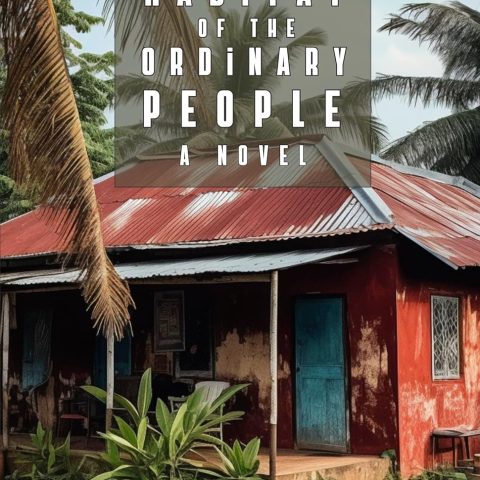How the City Profited From Slavery
From the 1570s, African people were forcibly brought to London from the African continent. The London newspapers of the 17th and 18th centuries carried advertisements offering slaves for sale, whilst other newspaper advertisements attempted to find runaway slaves.
There are also records of slaves being bought and sold on the London Stock Exchange. However, most British slaves were taken from Africa to the British colonies in the West Indies and at the start, slavery remained hidden from the general population.
The slave ships first left the ports of London for the West African coasts, filled with cloth, guns, gunpowder and ammunition, ironware, alcohol and trinkets, where they were traded for slaves. The ships then transported the slaves, below deck in dreadful conditions, to the West Indies, where they worked on sugar and tobacco plantations.
On the final leg of the voyage, sugar, tobacco, and cotton were transported from plantations in the West Indies, back to London. In the process, British manufacturers, slave traders and plantation owners made huge fortunes and employment was provided for many Londoners in shipbuilding, weaving, dyeing, distilleries and food manufacture.
London’s importance as a world city today, with a thriving financial service sector, owes its success largely to profits made from the slave trade. Slavery was a respectable occupation in the 16th 17th and 18th centuries, and many City of London merchants grew wealthy on it by providing credit and insurance for slave voyages.
The Bank of England, set up in 1694, made capital available for slave voyages and the City became the financial centre of the slave trade. Alexander and David Barclay were Quaker slave traders who operated in the West Indies, and founded Barclay’s Bank on slave trade profits. Sir Francis Baring whose family eventually founded Barings Bank, had major financial interests in slavery. Today Baring Road in Lewisham south east London is named after him.
The footprint of slavery can also be seen in the world of art, culture, and religion. The Church of England was heavily involved in the transatlantic slave trade. In February 2006, the Church voted to apologise to the descendants of victims of the slave trade, ‘recognising the damage done’ to those enslaved.
Debating the motion, Rev Simon Bessant, from Pleckgate, Blackburn, described the Church’s involvement in the trade, saying: “We were at the heart of it.” The amendment was supported by Archbishop of Canterbury Rowan Williams and Archbishop of York John Sentamu. Rev Blessant explained the involvement of the Society for the Propagation of the Gospel in Foreign Parts in the slave trade. The organisation owned the Codrington Plantation in Barbados, where slaves had the word “SOCIETY” branded on their backs with a red-hot iron.
The National Gallery was founded on an art collection of pictures given to it by John Julius Angerston, which he built up with money from the slave trade. This included his activities as one of the underwriters of Lloyds of London that insured slave voyages. The Tate Gallery and the National Portrait Gallery were also founded on profits from sugar cane grown in the Caribbean and cut by African slaves.
The Royal Dockyard at Deptford, one of Britain’s major ports and centres for shipbuilding, and Blackheath and Greenwich, was where prosperous captains and merchants made rich by the slave trade lived in comfortable mansions. Greenwich resident, Ambrose Crowley, was an iron merchant who made his fortune producing manacles, ankle irons, and collars to secure slaves to prevent them from running away or throwing themselves overboard on the dreadful journey from Africa to the Caribbean or London.
Thomas King of the slave trading company Camden, Calvert and King also lived in Greenwich. This was the largest company in London and at one stage, owned one in five slave ships that sailed from London to Africa. The Pett family, master shipbuilders in Deptford, built many of the ships that were involved in the trade. The woodland that provided much of the trees for their shipbuilding and is named after the family is near Chislehurst in Kent. It is familiar to many Londoners today as Pett’s Wood.
Copyright Greater London Authority.
Please e-mail comments to comments@thenewblackmagazine.com
Send to a friend |
View/Hide Comments (0) |





